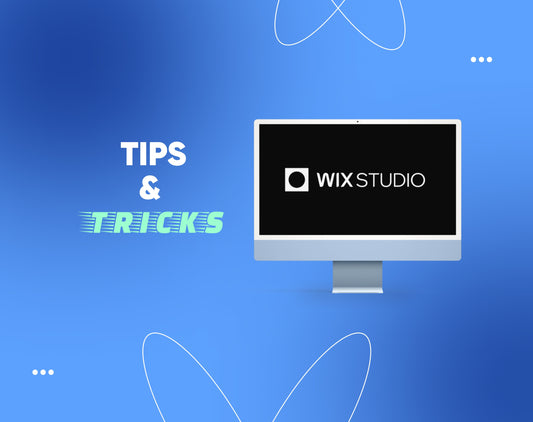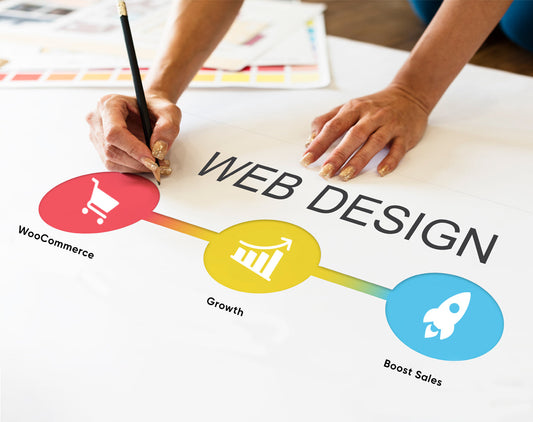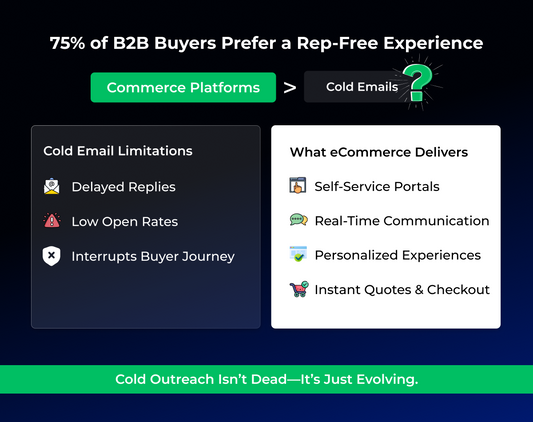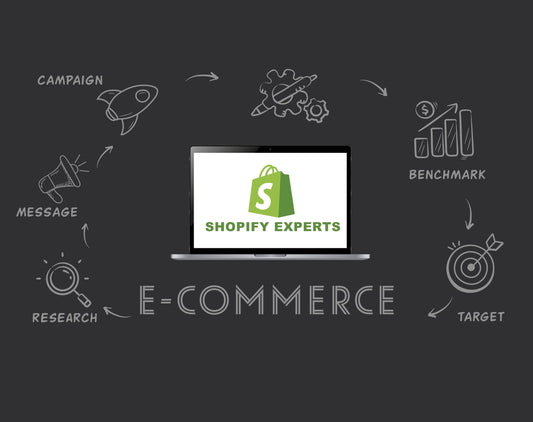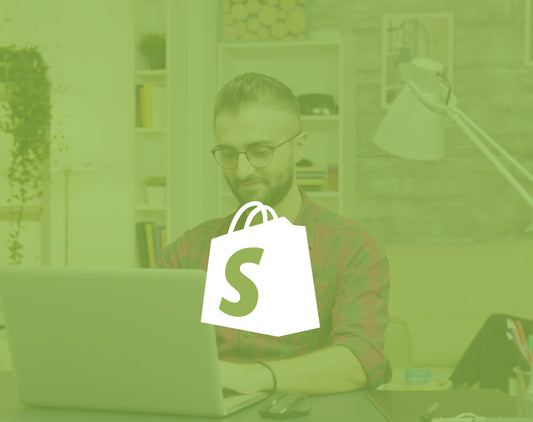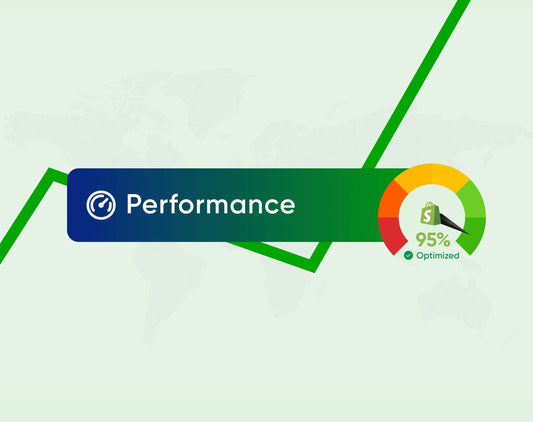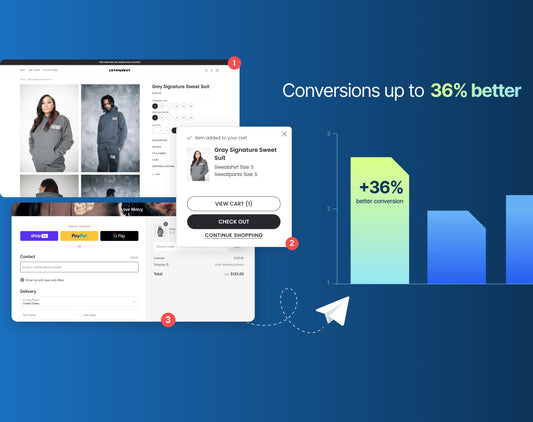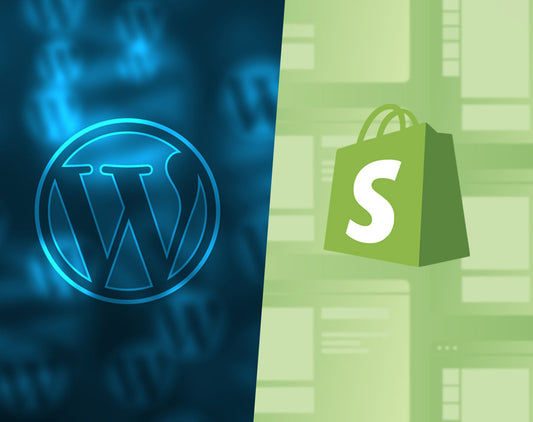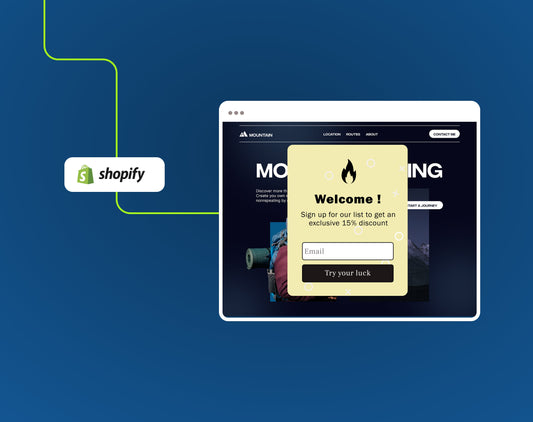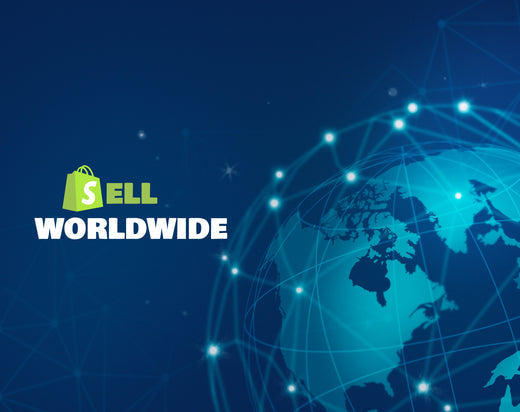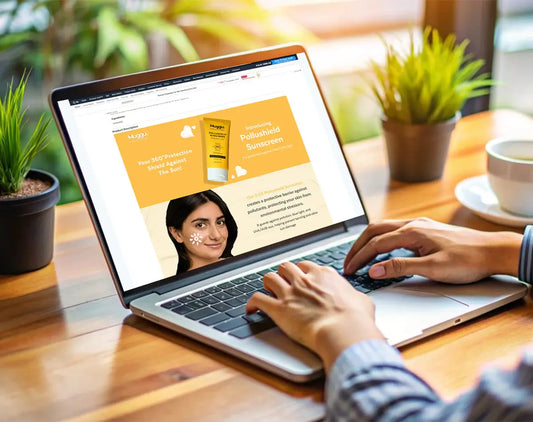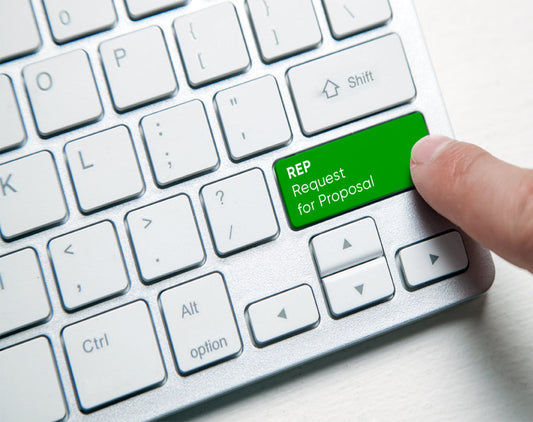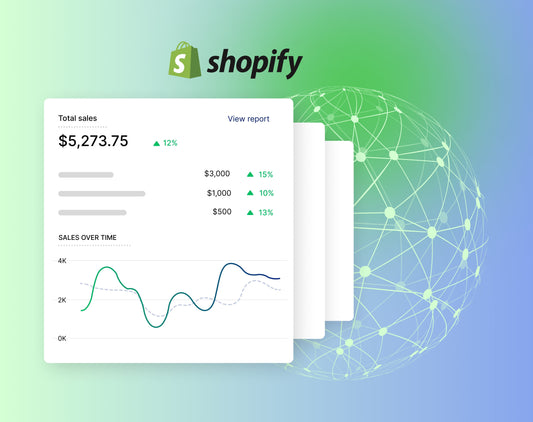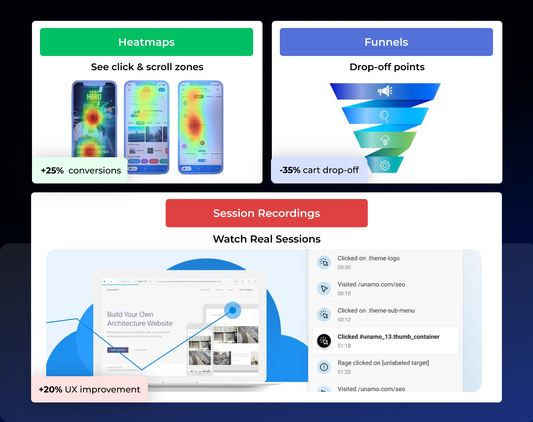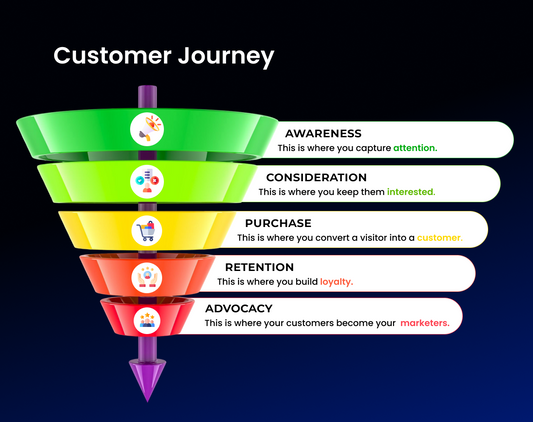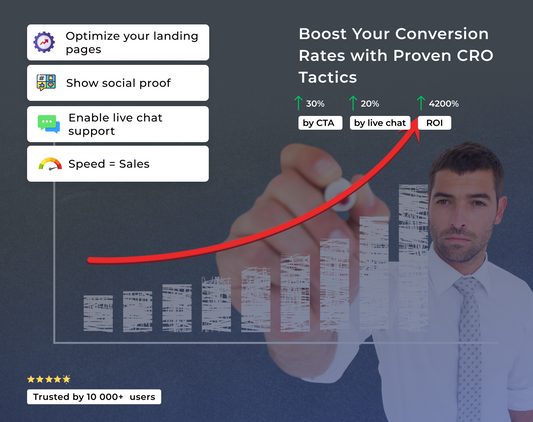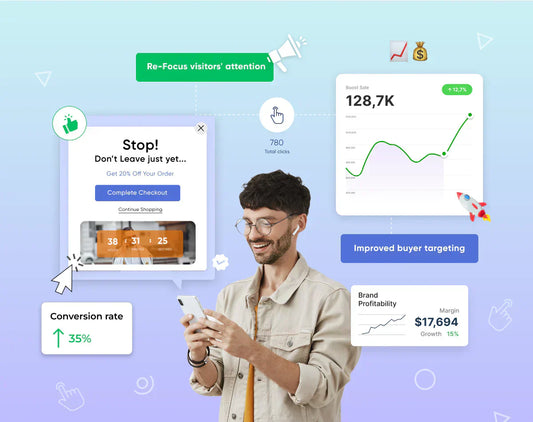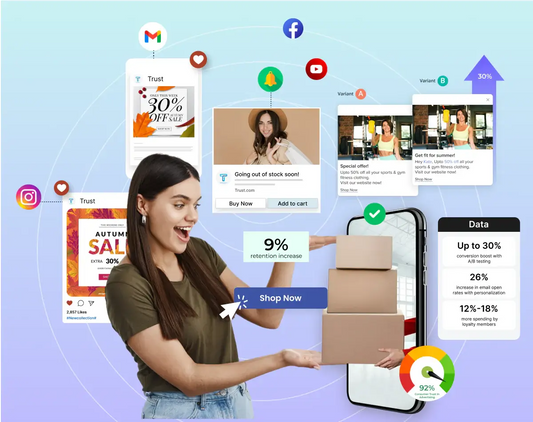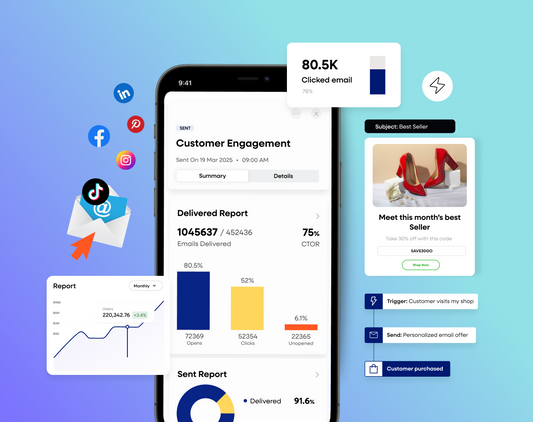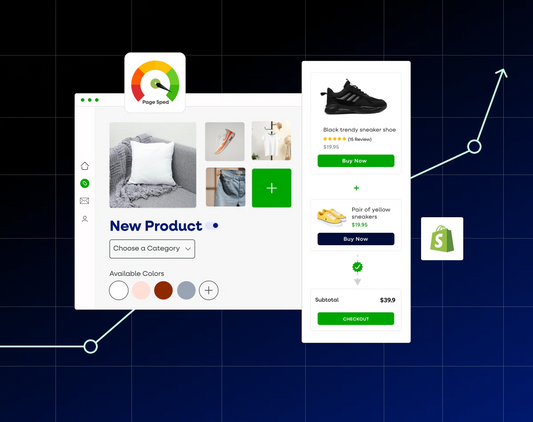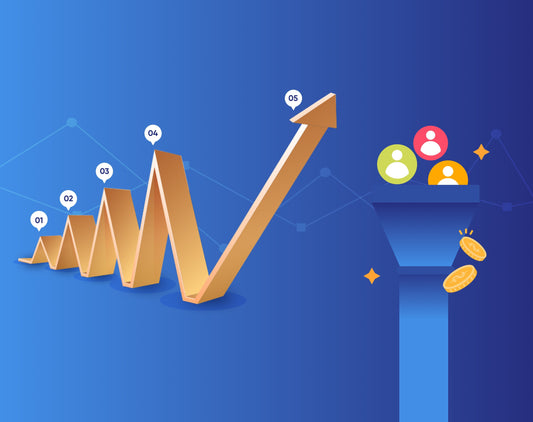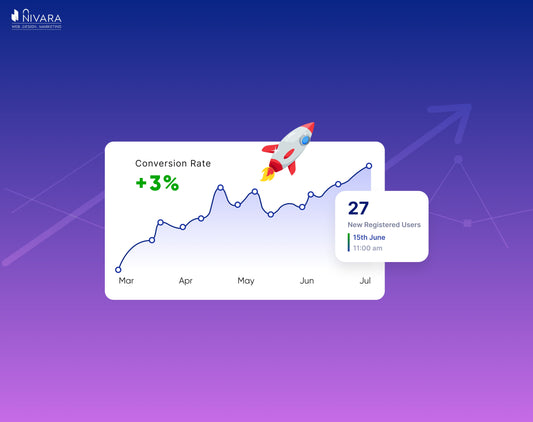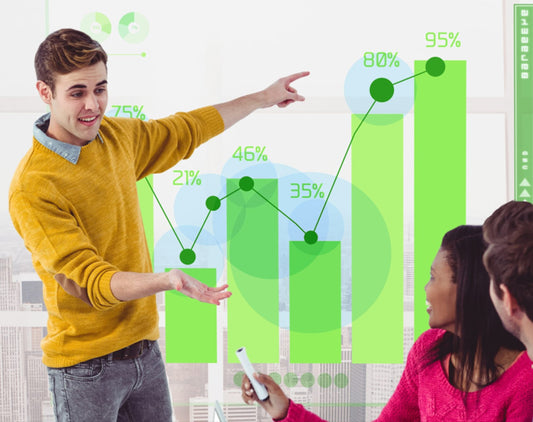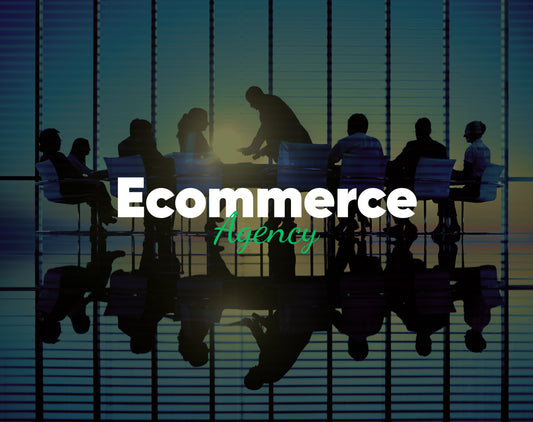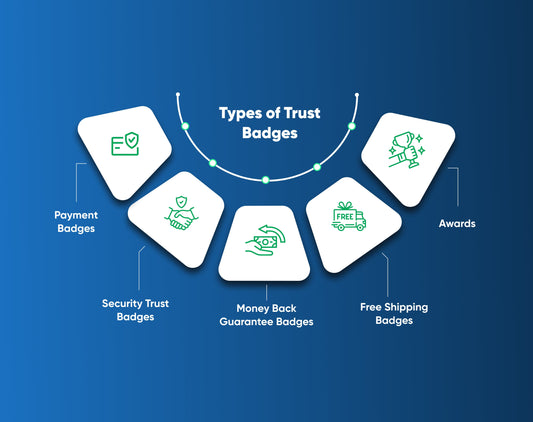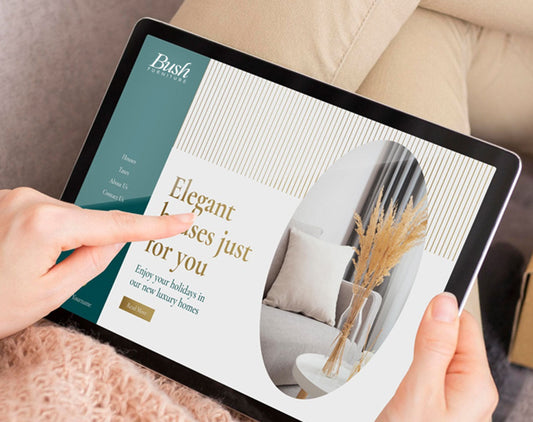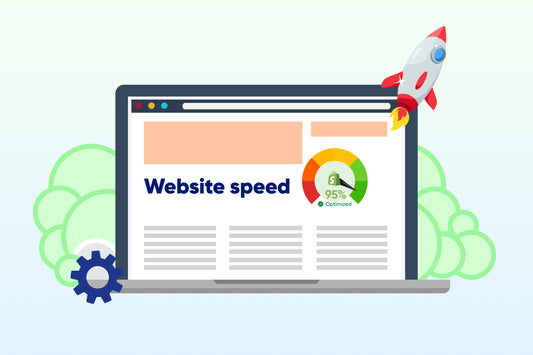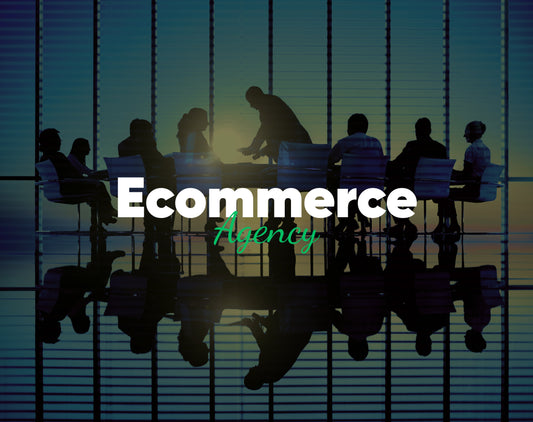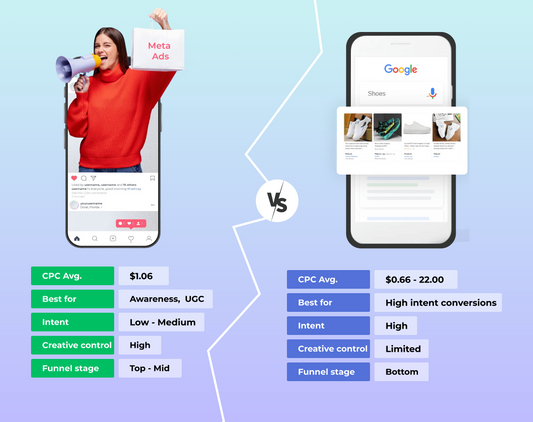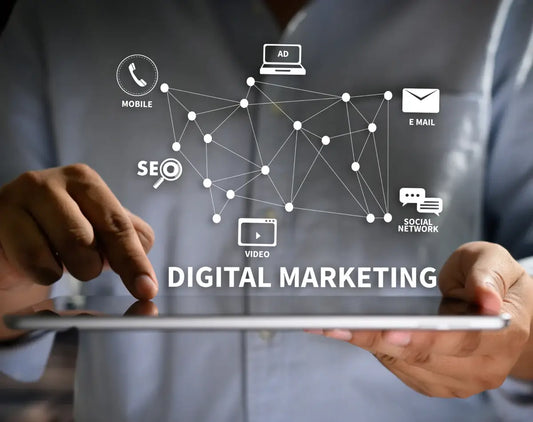In This Story
Getting people to visit your online store is easy, but getting them to buy is the real challenge. You can get thousands of visitors through ads and campaigns, but if they’re leaving without purchasing, all that effort loses its value. This is a real struggle for most eCommerce founders. But what most fail to understand is that it's not really a traffic problem, but a conversion problem.
To solve this, more brands are actively searching for proven CRO strategies, frameworks, and even partnering with trusted conversion rate optimization agencies to scale consistently.
In 2025, this metric matters more than ever. The reality is that competition is growing in every industry, ad costs are rising, and buyers' demand for fast, seamless, and reliable experiences is increasing. If your site is confusing, slow, or unreliable, they’ll leave — and they won’t return.
And that’s where Conversion Rate Optimization (CRO) becomes critical. CRO is the process of understanding why visitors don’t buy, fixing those problems, and refining your website to guide them smoothly toward checkout.
Smart brands are already shifting focus from more ads to better experiences. Because they know when your conversion rate improves, everything improves — sales rise, costs drop, and profits grow.
In this guide, you’ll learn 12 tested CRO strategies designed to help your brand with sustainable, scalable growth. But before we start, let’s look at some stats about CRO in different e-commerce industries and how it’s evolved.
Why Modern CRO Is Bigger Than Just ‘Getting a Click’

Conversion rate optimization is changing just like everything in marketing. It’s no longer limited to a headline tweak, testing button colour, or CTA because that’s not enough anymore.
Modern CRO — what we call Conversion Growth Optimization — is about building a conversion ecosystem. Rather than focusing on the sale you make today, it works on designing experiences that gain lifetime value (LTV), retention, and advocacy.
The best eCommerce CRO programs now influence growth metrics that really matter:
- Average Order Value (AOV): How much customers spend per transaction.
- Customer Lifetime Value (CLV): The total amount they’ll spend with you over time.
- Repeat Purchase Rate: How many customers return for more.
-
Retention Rate: How many customers you successfully keep loyal.
1. Offer & Pricing Architecture — Make Buying Feel Smart

If your offer doesn’t feel like a win for the customer, they’ll never hit “Buy Now.” Think about it — when was the last time you bought something that didn’t feel like a deal?
The best brands' structure offers that make people feel clever for buying.
- Bundles or kits that save money while raising your average order value.
- Tiered pricing (Buy 2 → 10% off, Buy 3 → 15% off).
- Free shipping thresholds that gently push people to spend a little more.
It’s psychology, not manipulation. You’re framing the purchase as a smart decision — one that rewards them for choosing you. Smart offer architecture is one of the core pillars of any ecommerce conversion rate optimization roadmap.
2. Scarcity & Urgency — Help People Decide Faster

Most people don’t say “no” to your product. They say “later.” The problem? “Later” rarely happens.
That’s where healthy urgency helps. Real scarcity — limited drops, “low stock” badges, countdown timers — all these nudges people to act now instead of waiting.
No, you’re not tricking customers; you’re helping them make a decision they already want to make.
Many top CRO agencies use these psychological triggers as part of their optimization frameworks.
3. AOV Maximizers — Get More From Every Checkout

Here’s the secret to higher profits without higher ad spend: Increase how much each customer spends. That doesn’t mean pushing unnecessary stuff — it’s about adding real value.
Offer smart cross-sells (“People who bought this also loved…”), or easy upgrades (“Get the
larger size for $7 more”). Reward bigger baskets with free gifts or shipping.
When shoppers feel like they’re getting more for a little extra, they’ll happily spend it.
4. Trust & Social Proof — Build Belief, Not Just Hype

You can have the best product in the world — but if people don’t trust you, they won’t buy.
Show real humans using your products. Display unfiltered reviews with photos. Share UGC from your community, influencer shoutouts, or even behind-the-scenes founder videos.
Your story matters too — why you started, what problem you’re solving, what you stand for.
Because when customers believe in the founder, they’ll believe in their brand too. Most ecommerce optimization frameworks heavily rely on building trust early in the funnel.
5. Frictionless UX — Make Checkout Feel Effortless

Every extra click is a chance for doubt to get in. A slow site or bulky checkout flow doesn’t just frustrate — it kills momentum. So, keep your load times below two seconds.
You can also offer guest checkouts, autofill forms, and clear shipping info.
Make sure to add sticky “Add to Cart” buttons, express checkout options, and transparent returns. Buying should feel smooth and not a puzzle.
6. Personalization & Segmentation — Show You Get Them

We’ve all landed on those generic stores that treat every visitor the same. It’s forgettable.
The best brands personalize everything — from homepage recommendations to follow-up emails. They tailor messages by behavior: first-time buyer, returning customer, subscription user.
A simple “Hey, welcome back!” Email with personalized product picks is better than a blast discount any day. After all, it's about showing customers you see them, not just their wallets.
7. Retention & Lifecycle — Keep Customers Coming Back

If you paid good money to acquire that customer, don’t lose them after one order.
Smart brands treat post-purchase as the start of the relationship. Loyalty programs, referral bonuses, and surprise gifts turn one-time buyers into fans.
Even a short “Thank you” email from the founder builds a connection. Remember that retention isn’t just cheaper than acquisition. It’s way more profitable.
8. Content & Storytelling — Educate, Don’t Just Sell

If your website only sells, you’re missing half the battle.
- Your content should help shoppers make confident choices.
- Use lifestyle imagery that shows your product in action.
- Add comparison charts, ingredient breakdowns, or short demo videos.
And tell your story. Let people see your passion — not just your pricing. When your audience understands your why, they’ll connect deeper with your brand.
9. Community & Engagement — Turn Buyers Into Believers

People want to belong, not just buy. Build a sense of community — private groups, loyalty clubs, live shopping events, or UGC challenges. Ask customers to help choose your next flavor, color, or product.
When people feel like part of something bigger, they’ll proudly represent it — for free.
10. Tech & Experimentation — Let Data Be Your Gut

Here’s a hard truth: most store owners rely too much on opinion.
- Stop guessing. Start testing.
- Run A/B tests on your product pages, headlines, or CTAs.
- Use heatmaps to see where users drop off.
- Send abandoned cart nudges via SMS or push notifications.
Growth happens when you turn data into decisions — consistently. This is the foundation of all conversion rate optimization roadmaps.
11. Customer Support — Make Help Feel Human

Support isn’t a checkbox — it’s part of your brand experience.
Fast, friendly support through live chat or WhatsApp builds instant trust. Also, Proactive updates, clear return policies, and helpful post-purchase guides make people feel cared for. Every great support experience plants the seed for the next sale.
12. Post-Purchase Experience — Leave a Lasting Impression

Is your package arriving on someone’s doorstep? That’s your chance to wow them.
Branded unboxing, handwritten thank-you notes, free samples — these tiny details turn ordinary deliveries into emotional moments. Follow it up with review requests or reorder reminders that feel personal, not pushy.
The purchase might be over, but the relationship is just beginning.
The Silent Killers of eCommerce Conversions
Before you pull the 12 levers, you have to get rid of the simple mistakes that sabotage your work:
-
Copying Competitors Blindly
What works for a giant brand might fail for your specific niche. You must optimize for your customers. -
Cluttered Navigation
If a customer can't find what they need in a couple of clicks, they're gone. Keep your main menu simple. -
Ignoring Mobile UX
Most of your traffic is on mobile. If your mobile site is hard to use—tiny buttons, zooming required, you are losing the majority of your potential revenue. -
Over-Testing Without Insights
Don't just test random stuff. You need a solid hypothesis based on your data (analytics, heatmaps, customer feedback) before you run a test.
4 Real Stories That Prove It Works
Small, focused changes can lead to huge jumps in sales and customer loyalty. While theories and strategies sound good in playbooks, the real magic happens when brands apply them to their own stores — turning small, deliberate changes into exponential growth. Here are a few recent real-world examples that show how smart optimization can lead to measurable gains in sales, retention, and customer satisfaction.
1. For Youth — 40% Increase in Average Order Value
The Challenge
For Youth, a fast-growing cellular health supplement brand, hit the limits of Squarespace. Managing complex SKUs, subscriptions, and multi-market logistics was slowing them down. Customers loved the science, but struggled with the buying experience.
The Fix
We migrated the brand to Shopify, built a custom SKU management system, and designed subscription flows that made multi-pack and recurring purchases effortless.
The Results
- 50% faster site load times
- 30% reduction in cart abandonment
- 40% higher AOV
Small friction points can kill momentum — especially when you’re selling repeat-use products like supplements. By focusing on speed, simplicity, and seamless reordering, For Youth turned convenience into a growth engine. Performance and personalization together are what make customers come back.
2. Wetsu — 82% Increase in Conversion Rate
The Challenge
Wetsu, a veteran-owned apparel brand, had a heartfelt mission but an outdated site. Navigation was clunky, visuals were weak, and the story wasn’t landing.
The Fix
We rebuilt the site from the ground up — faster load times, intuitive navigation, and storytelling through authentic videos and real customer testimonials.
The Results
- 97% faster load time
- 73% higher customer retention
- 82% boost in conversion rate
Customers buy from brands they trust — and trust is built through clarity, authenticity, and speed. Wetsu’s growth shows that when your brand story meets great UX, conversions take care of themselves.
3. Bastion — 30% Higher AOV & 40% SEO Boost
The Challenge
Bastion, known for its premium pens and lifestyle accessories, had an elegant brand — but an outdated online presence. Poor responsiveness and low search visibility were holding it back.
The Fix
We redesigned the site to reflect Bastion’s refined identity while improving site speed and SEO structure.
The Results
- 30% higher Average Order Value
- 40% boost in organic rankings
- 50% increase in repeat purchases
Great design and great performance aren’t opposites — they’re allies. When your brand looks premium and feels effortless to shop, every visitor becomes a higher-value buyer.
4. Mohala Eyewear — 50% More Leads & 35% Lower Cart Abandonment
The Challenge
As a new D2C eyewear brand, Mohala needed to launch strong — but early tests showed friction in the checkout flow and a lack of emotional connection.
The Fix
We built a mobile-optimized store from scratch, combining a clean design with storytelling that connected. The checkout flow was improved and simplified for a smoother experience.
The Results
- 50% more leads generated
- 40% faster load time
- 35% reduction in cart abandonment
Growth doesn’t depend on flashy redesigns — it comes from clarity, emotional tuning, and smooth shopping experience. Mohala’s success shows how design and trust go hand in hand.
What to Track (and What to Stop Obsessing Over)
Rather than getting lost in all the analytics data, focus on the metrics that actually create real business value. Stop tracking twenty pointless KPIs and focus on the few that matter most.
The Metrics That Matter in 2025:
-
Conversion Rate
Still important, but now you look at it by customer type (e.g., Conversion Rate for first-timers vs. returning customers). -
Average Order Value (AOV)
Shows how well your pricing and upselling strategies are working (Lever 9). -
Retention Rate
The best measure of a great post-purchase experience (Lever 10). -
Customer Lifetime Value (CLV)
The ultimate metric. It proves that all your optimization efforts are actually working over the long term. -
Checkout Abandonment Rate
The clearest sign of a problem in your funnel (Lever 7).
The key is to focus on one metric at a time. When you run a test, have one main goal. Once you see a positive change there, move on to the next goal.
Build Your Conversion Framework
The true success comes when these levers work together. They create a self-reinforcing growth engine, a Conversion Framework:
- Better Offers increase Conversion Rate (CR) and AOV.
- Higher AOV increases the money you can spend to get new customers.
- Faster Site Speed reduces bounce rate, making your ad spending more efficient.
- Superior Post-Purchase Experience increases Retention Rate and CLV.
- Higher CLV allows you to outspend competitors on acquiring the next customer.
This is the foundation of every great ecommerce conversion optimization system.
Final Thoughts: CRO That Scales With You
Conversion Optimization isn't about pinching pennies. It's about unlocking your store's full potential by making the customer experience totally seamless and brilliant. By checking and using the 12 strategies, you move from just selling products to building a strong brand with a huge loyal following.
Check your 12 levers today and start your conversion growth journey.
FAQs
What's a good eCommerce conversion rate in 2025?
The global average hovers around 2%-3%. But don't obsess over that number. A 1% conversion rate with a $500 AOV and a high retention rate is miles better than a 3% conversion rate with a $20 AOV and zero loyalty. Focus on CLV, not just CR.
How long before CRO improvements show ROI?
You should see initial data from a good A/B test within 2-4 weeks. But to see the real impact on CLV, Retention, and AOV, you need 3-6 months of consistent testing. You're building an engine, not flipping a switch.
Can conversion optimization improve retention?
Absolutely. Levers focused on trust (4), great product explanations (6), smooth checkout (7), and post-purchase experience (10) all build a high-trust, low-friction relationship. A great first sale is the best way to get a second one.
What's the best CRO tool stack for small eCommerce brands?
Keep it simple to start:
- Analytics: Google Analytics 4 (Free, your main data source).
- Qualitative Data: Hotjar (Heatmaps & Session Recordings).
- A/B Testing: Use an app on your eCommerce platform (Shopify/WooCommerce) or Google Optimize (free version).
- Loyalty/Retention: A dedicated app like LoyaltyLion or Yotpo.


